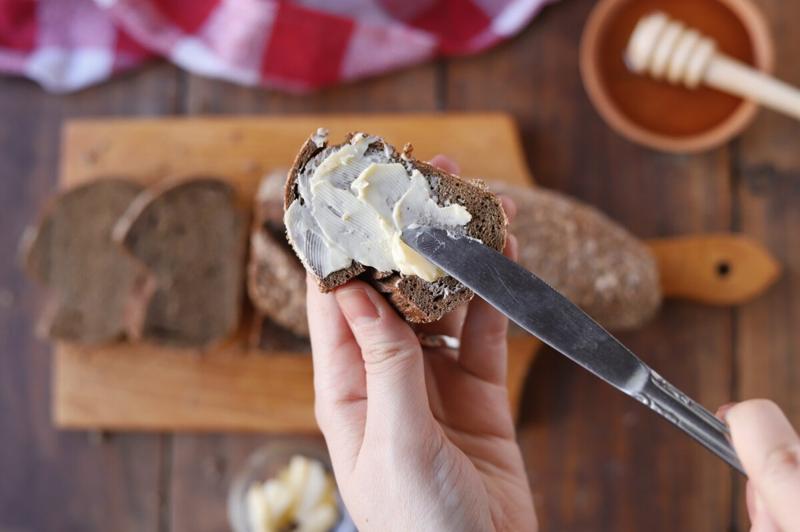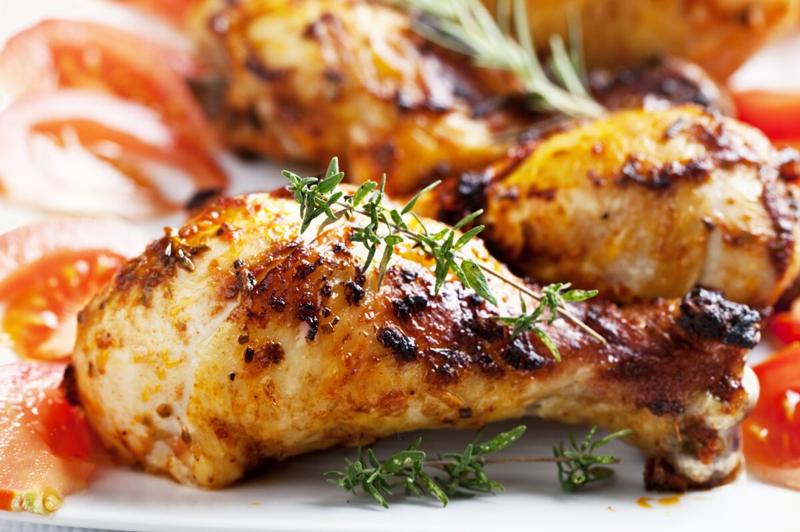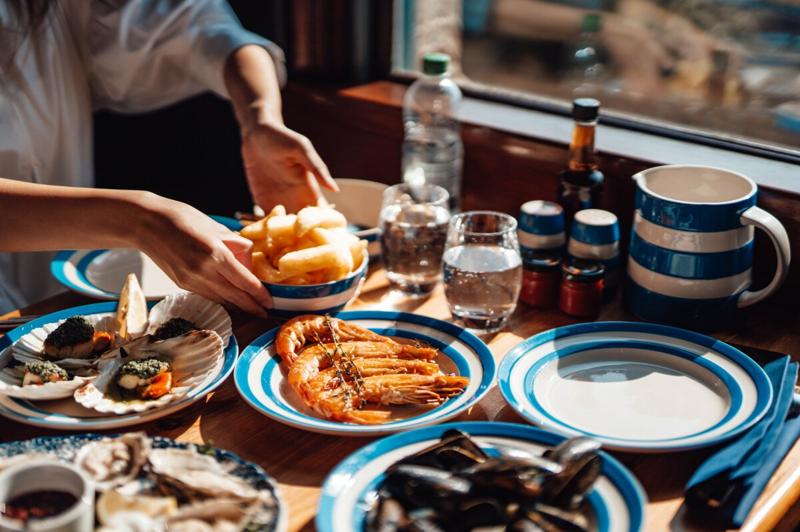The National Heart, Lung, and Blood Institute promotes the DASH diet, which stands for dietary approaches to stop hypertension. This heart-healthy eating plan is flexible and balanced, and its primary goal is to prevent or stop hypertension, also known as high blood pressure. The DASH diet has also been recognized as one of U.S. News & World Report's Best Diets of 2023.
What is the DASH Diet?
The Dietary Approaches to Stop Hypertension (DASH) diet plan is recommended for individuals aiming to prevent or manage high blood pressure. The approach involves boosting the consumption of fiber and heart-healthy minerals like calcium, potassium, and magnesium. Simultaneously, it advocates reducing the intake of sodium and unhealthy fats.
The DASH diet places a strong emphasis on incorporating fruits, vegetables, whole grains, lean protein, and low-fat dairy into the eating pattern. It restricts the consumption of foods with added sugar and those high in saturated fat, such as fatty meats, full-fat dairy products, and tropical oils. A crucial aspect of the DASH diet is the limitation of daily sodium intake, capped at 2,300 milligrams, with many followers opting to reduce it further to around 1,500 milligrams.
How Does the DASH Diet Work?
You’ll fill up on vegetables, fruits and whole grains on the DASH diet. You can also enjoy moderate amounts of fat-free or low-fat dairy products, fish, poultry, beans and nuts. Foods high in saturated fat, such as fatty meats and full-fat dairy products, are strictly limited or, better yet, avoided altogether.
"This style of eating isn’t telling you that you have to eliminate food groups, but instead gives you guidelines on how many servings per week you should ideally consume,” explains Lindsey Pine, a registered dietitian nutritionist in Los Angeles. "(It's) more than just an eating pattern to reduce blood pressure and offers so many additional whole-body health benefits, similar to the Mediterranean diet.”
Can I Lose Weight on the DASH Diet?
"DASH isn’t a weight loss diet per se, but you certainly can lose weight if you create a calorie deficit,” says Rosanne Rust, a registered dietitian and co-author of several DASH diet cookbooks, including the "DASH Diet For Dummies." “Often when people transition from their normal food choices to a DASH eating style, they may automatically reduce calories since they’re adding more vegetables and balanced meals to their diet.”
For reference, women usually consume 1,200 to 1,600 calories on the DASH diet, while men consume 1,600 to 2,000. Some people have an easier time losing weight if they eat small, frequent meals throughout the day, while others do better with a few larger meals. You should try both methods to see what works best for you.
If weight loss is your goal, complement your healthy eating plan with regular exercise and review our Best Weight Loss Diets list for more inspiration.
Short-Term Weight Loss
Although the DASH diet is not specifically designed for weight loss, it can help people lose weight.
A meta-analysis of clinical trials showed that DASH dieters lost an additional 3.1 pounds over the course of eight to 24 weeks, 0.4 units of body mass index in eight to 52 weeks and 1.05 centimeters of waist circumference in 24 weeks compared to those on the control diets (1).
In a randomized clinical trial, the DASH diet was associated with significantly decreased weight and BMI after eight weeks compared to the control diet (2).
Long-Term Weight Loss
If you remove processed, sugary, salty and high-fat foods from your diet, as you do on the DASH diet, and exercise regularly, you’ll likely continue to lose weight.
Weight Maintenance and Management
Once you’ve reached your target weight, you should be able to maintain it on the DASH diet. The fiber and protein will keep you satiated, while the calorie content is adequate to keep you energized.
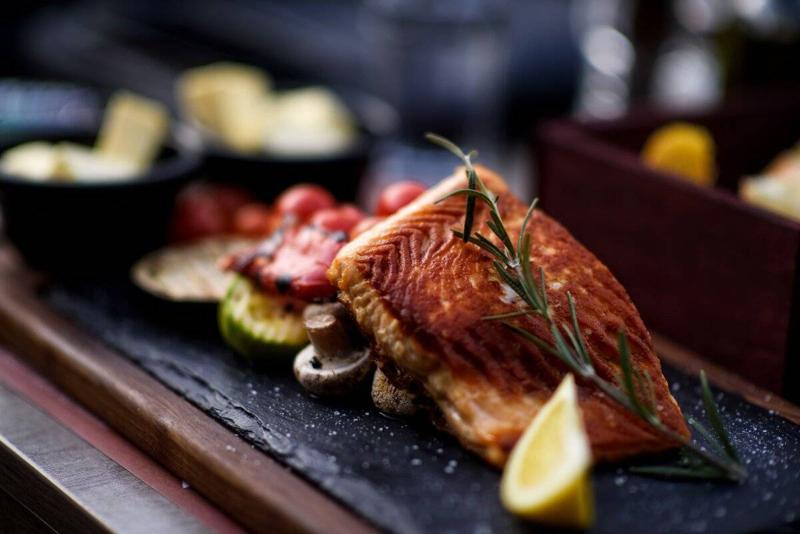
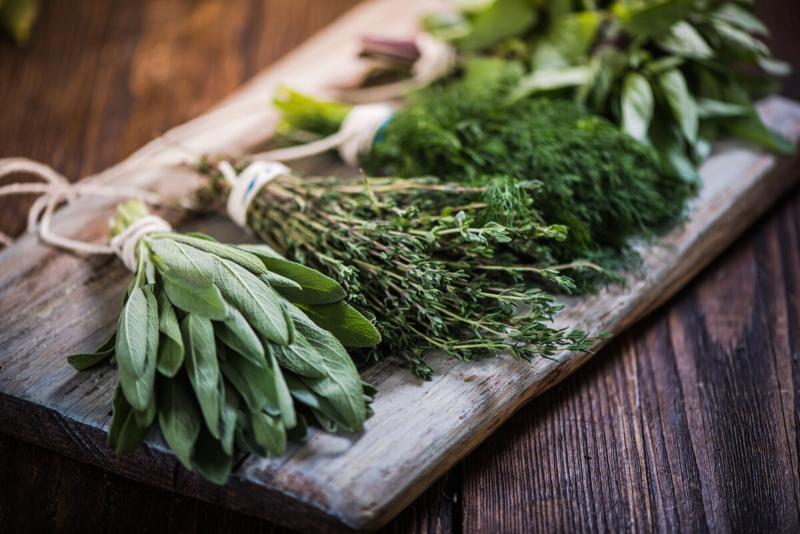
Do: Serve up lean poultry and fish in moderation.
How to Get Started on the DASH Diet
For example:
Add one serving of vegetables or fruit to every meal.
Introduce two or more meat-free meals each week.
Use herbs and spices to make food tastier without salt.
Snack on almonds, pecans or other nuts instead of potato chips.
Switch from white flour to whole-wheat flour when possible.
Take a 15-minute walk after lunch or dinner (or both).
Plan a few weeks of meals and shopping lists to get you started.
Look at the menus at the restaurants you dine at most often and decide what you will order.
What Does the DASH Diet Cost?
Is DASH Diet Easy to Follow?
Family friendly. Family members can easily eat the meals together with little or no modification. The food options are healthy and balanced enough for all ages.
Budget friendly. Foods for this diet are easy to find at a typical grocery and don’t require expensive or specialty items.
Planet friendly. The diet considers the environmental effects of food choices. It’s predominantly plant-based, or the foods are mainly sustainably grown/produced.
Vegan or vegetarian friendly. Individuals can easily modify recipes for a vegan or vegetarian diet.
Gluten-free friendly. Recipes can be easily modified to follow a gluten-free diet.
Halal friendly. Recipes can be easily modified to follow a halal diet.
Kosher friendly. Recipes can be easily modified to follow a kosher diet.
Low-fat. The diet encourages a moderate consumption of healthy fats – like polyunsaturated fats found in olive oil – and discourages unhealthy, saturated fats. Less than about 30% of total calories come from fat.
While it may be challenging to give up your favorite fatty, sugary and salty fare, DASH doesn't restrict entire food groups, so you can stick with it long term.
Following DASH is relatively convenient. The NHLBI offers more than 180 heart-healthy recipes in its online database. Otherwise, many reputable organizations, such as the Mayo Clinic, provide long lists of DASH-friendly recipes.
Those who wish to have a little more flexibility can substitute some protein or unsaturated fat for a portion of daily carbs and still reap the heart health benefits from DASH, according to research (12).
“DASH is adaptable to just about every culture’s food, even if dairy is not part of your eating plan," Rust says, adding that the nondairy DASH diet still lowered blood pressure in clinical trials, although the pattern with dairy reduced it more.
Who Should Not Try the DASH Diet?
Pros
Nutritionally sound.
No counting carbs, points or calories.
Filling – it's rich in high-fiber foods.
A clearly defined plan with recipes.
Has proven health benefits.
Diverse foods and flavors.
Cons
Tedious portioning, meal planning or prep.
What Can I Eat? Do's and Don'ts of the DASH Diet
Foods to Eat
Whole grains: Six to eight servings every day. One serving is a slice of bread, a cup of cereal or a ½-cup of cooked rice or pasta.
Meat, poultry or fish: 6 ounces or less per day.
Vegetables: Four to five vegetables. One serving is 1 cup of raw vegetables, ½ cup of cooked vegetables or 6 ounces of vegetable juice.
Fruits: Four to five fruits each day. One serving is one medium fruit (approximately the size of your fist) or ½ cup.
Low-fat or fat-free dairy: Two to three servings every day. One serving is 8 ounces of milk, 1 cup of yogurt or 1½ ounces of cheese.
Nuts, seeds, dry beans and peas: Four to five servings each week. One serving is ⅓ cup of nuts, 1 tablespoon of seeds or ½ cup of cooked beans.
Fats and oils: Two to three servings each day. One serving is 1 teaspoon of soft margarine, oil or low-fat mayonnaise or 2 tablespoons of light salad dressing.
Sodium: 2,300 milligrams or less each day. To lower your blood sugar even further, reduce your intake to 1,500 milligrams of sodium daily.
Foods to Avoid (or Limit)
Fatty meats.
Full-fat dairy products.
Sugar-sweetened beverages.
Salty foods.
If you currently drink alcohol, you shouldn’t have more than one drink a day for women or two a day for men.
Vegan and Following the DASH Diet
It would be very easy to follow the DASH diet as a vegan. Choose beans, lentils, tofu, tempeh or other plant-based proteins. Seaweed, algae, chia seeds, flax seeds, hemp seeds and walnuts are sources of omega-3 fatty acids for those who don’t eat fish. See all vegan diets.
Vegetarian and Following the DASH Diet
It would be very easy to follow the DASH diet as a vegetarian. Simply replace dairy with low-fat dairy substitutes such as soy milk and almond milk yogurt. Seaweed, algae, chia seeds, flax seeds, hemp seeds and walnuts are sources of omega-3 fatty acids for those who don’t eat fish. See all vegetarian diets.
Gluten Free and Following the DASH Diet
By choosing gluten-free grains – such as quinoa, amaranth, cornmeal, millet, popcorn, sorghum, teff and whole-grain rice (brown, black or wild varieties) – you can easily stick to the DASH diet and maintain your gluten-free lifestyle. See all gluten-free diets.
Halal and Following DASH Diet
It is possible to choose halal meats and poultry and avoid pork and alcohol while sticking to the DASH eating plan. See all halal diets.
Kosher and Following the DASH Diet
It will not be challenging to separate meat and dairy, select kosher-certified meats and avoid shellfish on the DASH diet. You will be able to choose unleavened bread during Passover. See all kosher diets.



